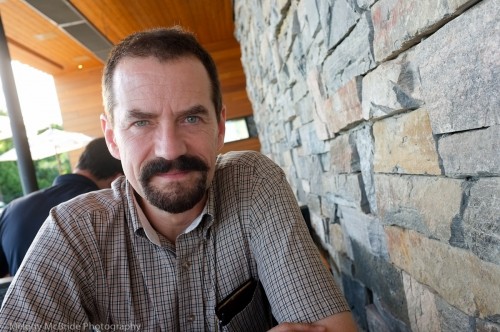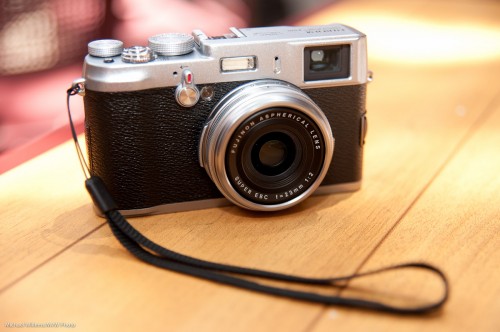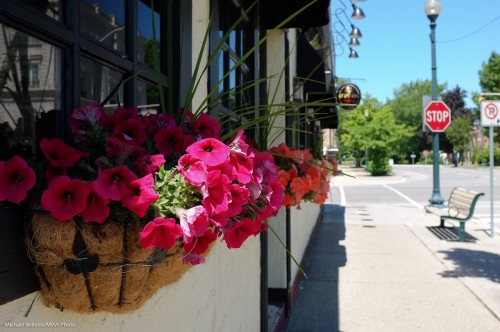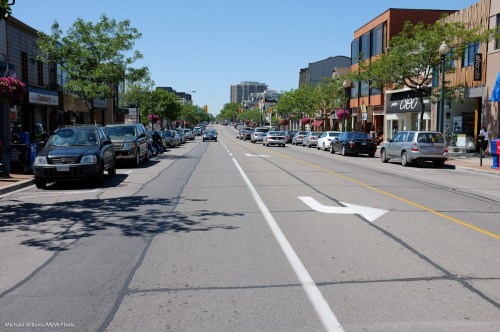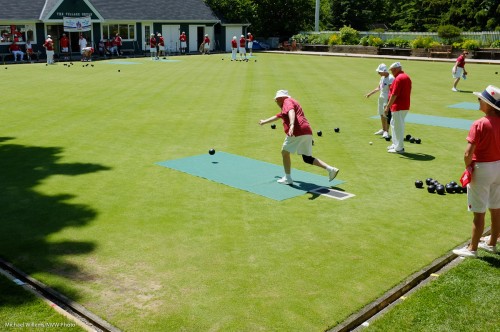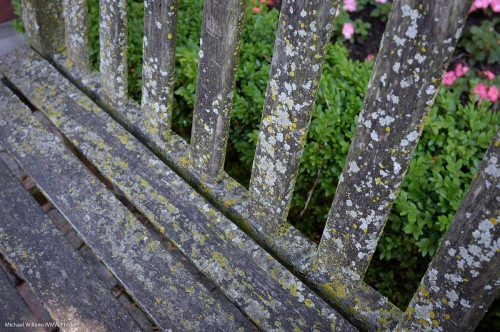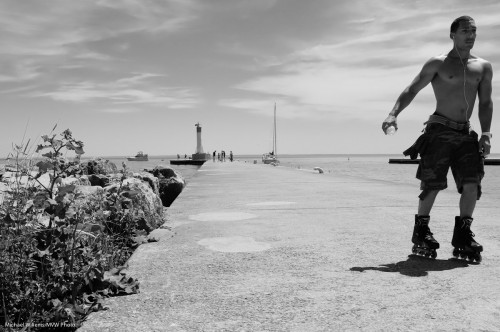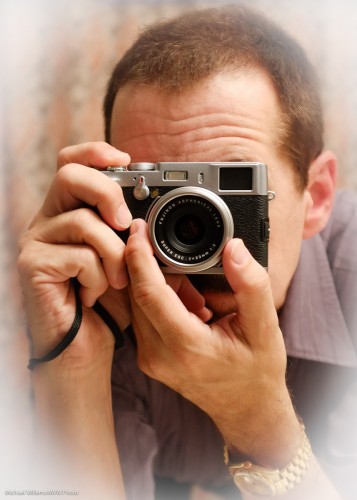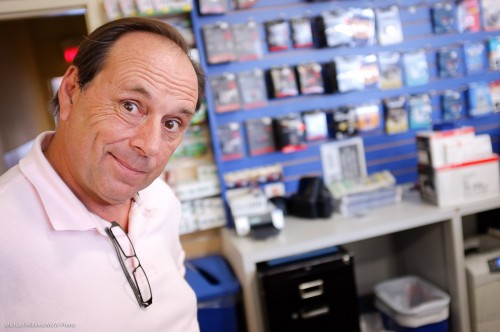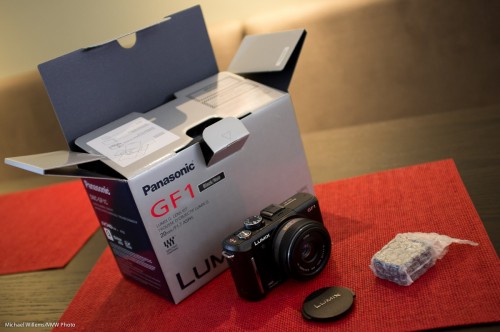OK, that is a bad wordplay on Emerson, Lake and Palmer’s “Karn Evil 9, Third Impression”. In other words, in my continuing “X100 impressions” posts, a few more points.
As I said yesterday, it’s just a matter of learning how to work the technology. Like a new car – after a few weeks you have learned how it works “inside and out”. And like a new aircraft, which is why a pilot needs to be checked out on each type of aircraft he is going to fly.
So, back to the camera.
One thing in particular is worth mentioning. When you focus closely, the camera often misses – and yet it indicates it is focusing. So watch me as I focus on one of Canada’s most talented photographers, Joseph Marranca, Yes, even taking into account parallax I am focusing on him, not on the background, with a small enough focus point to not hit the background at all, and I am on a contrasting area of his face – and yet it completely misses:
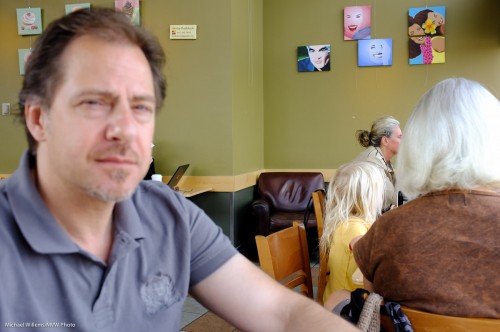
This common issue seems to not just occur in OVF (optical viewfinder) mode – in EVF (electronic viewfinder) mode also, in spite of what other reviewers have said. And mainly when focusing on close by subjects.
Here’s the same shot a moment later.
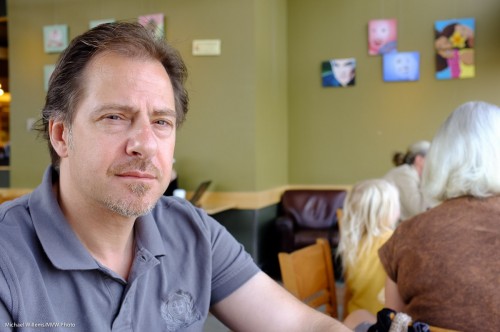
Why? No idea.
Note that when the subject is too close you have to go to Macro mode. (And I also note that some reviewers have said “macro mode does not get close enough” – well, that is merely a subject of the large sensor. Nothing to complain about.. move on.)
Now to exposure. More than others, this camera seems to want to keep all exposures mid grey, leading to this kind of mistake:
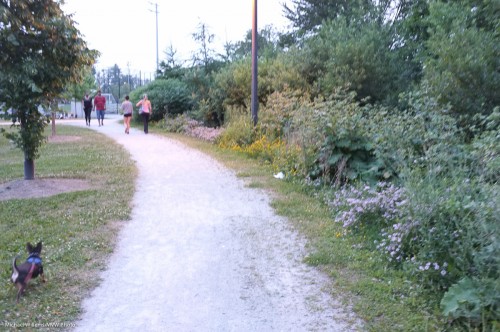
That was 9pm and rather dark – and yet, by using 1/35th second at f/2.8 at 1600 ISO the camera insists on making this look like bright daylight. And in this case, that ensures a blurry pic. So the camera does not take actual light levels into account as much as my other cameras.
No big deal! Because of this bias, simply use exposure compensation (down) when using a semi-automatic mode (I was in Aperture mode). This adjustment is much needed in evening shots. But since the control ends at -2 stops, that means for proper evening shots you simply must go to manual., where you can dial in any exposure you darn well like.
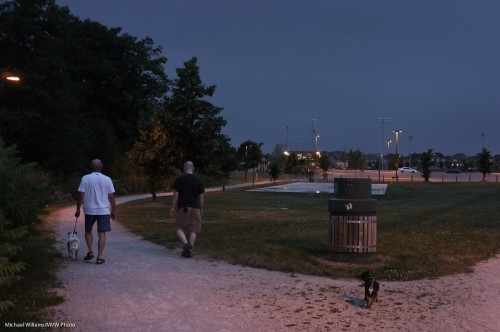
And still I go back to two points:
First, the image quality, which is really superb. I am shooting all these as JPG – and that is the first time I have shot JPG in a decade. The quality is often just about as good as the work I produce with my 1Ds MkIII and 1D Mk4. Amazing – for the first time, I actually have SLR quality out of a point-and-shoot. (And yes, if I had money for a Leica M9 I would get that too, of course. But that’s $9,000).
Second, I keep how cool a little camera is for street photography. No-one comes and asks me what I am doing. Uncle Fred does not come up to talk about aperture and lenses.
(OK, these two gentlemen in the background did rather worriedly ask “HEY! You taking our picture?” – but they took my assurance of “No, I’m taking his” (meaning Joseph’s) at face value.)
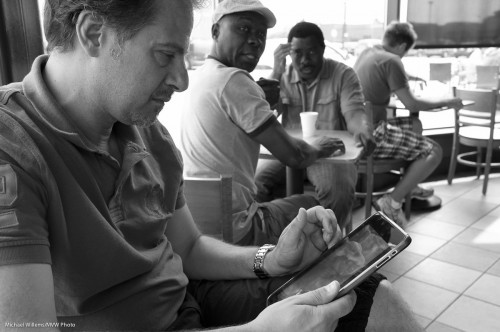
A small camera is just less threatening.

